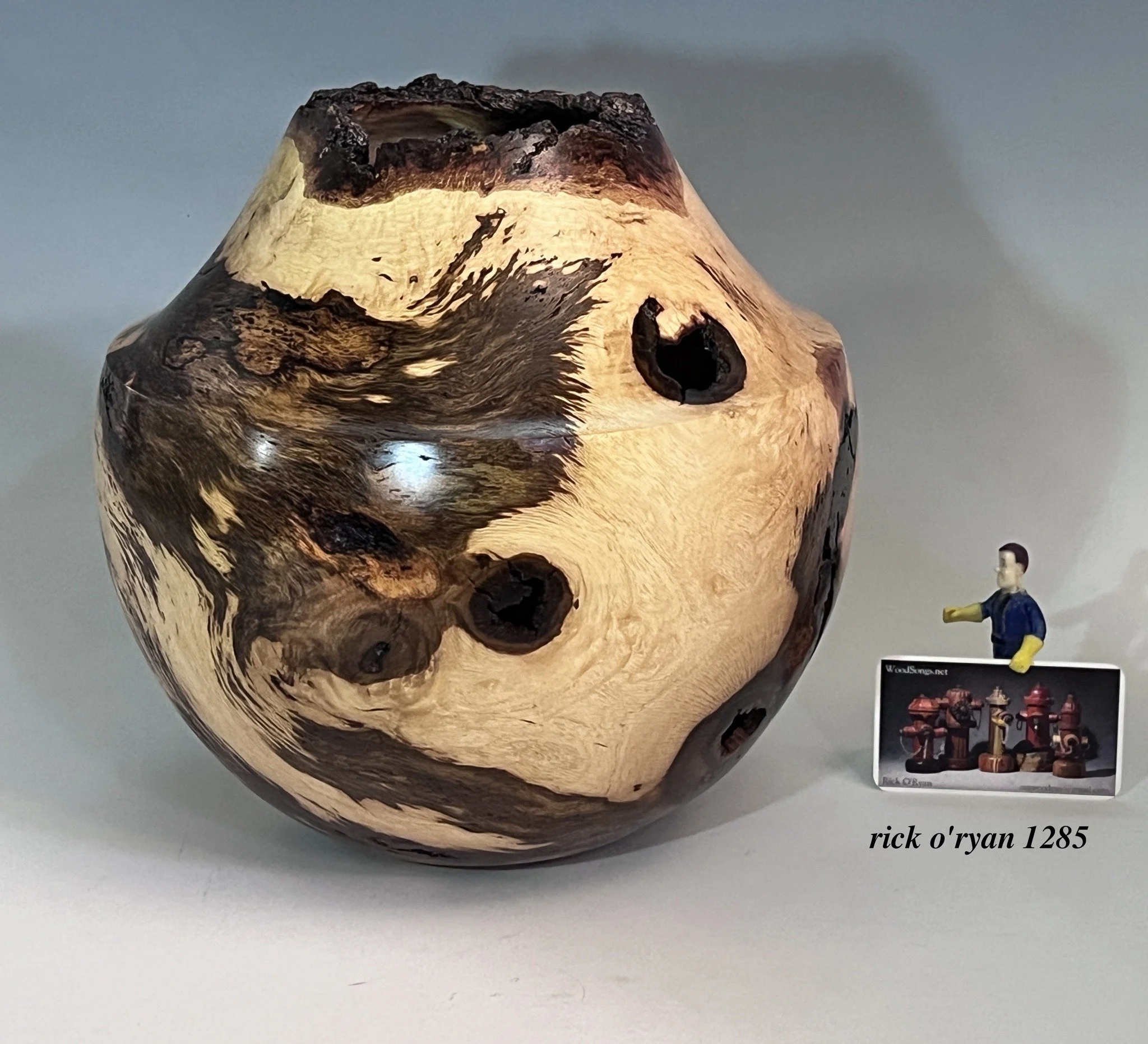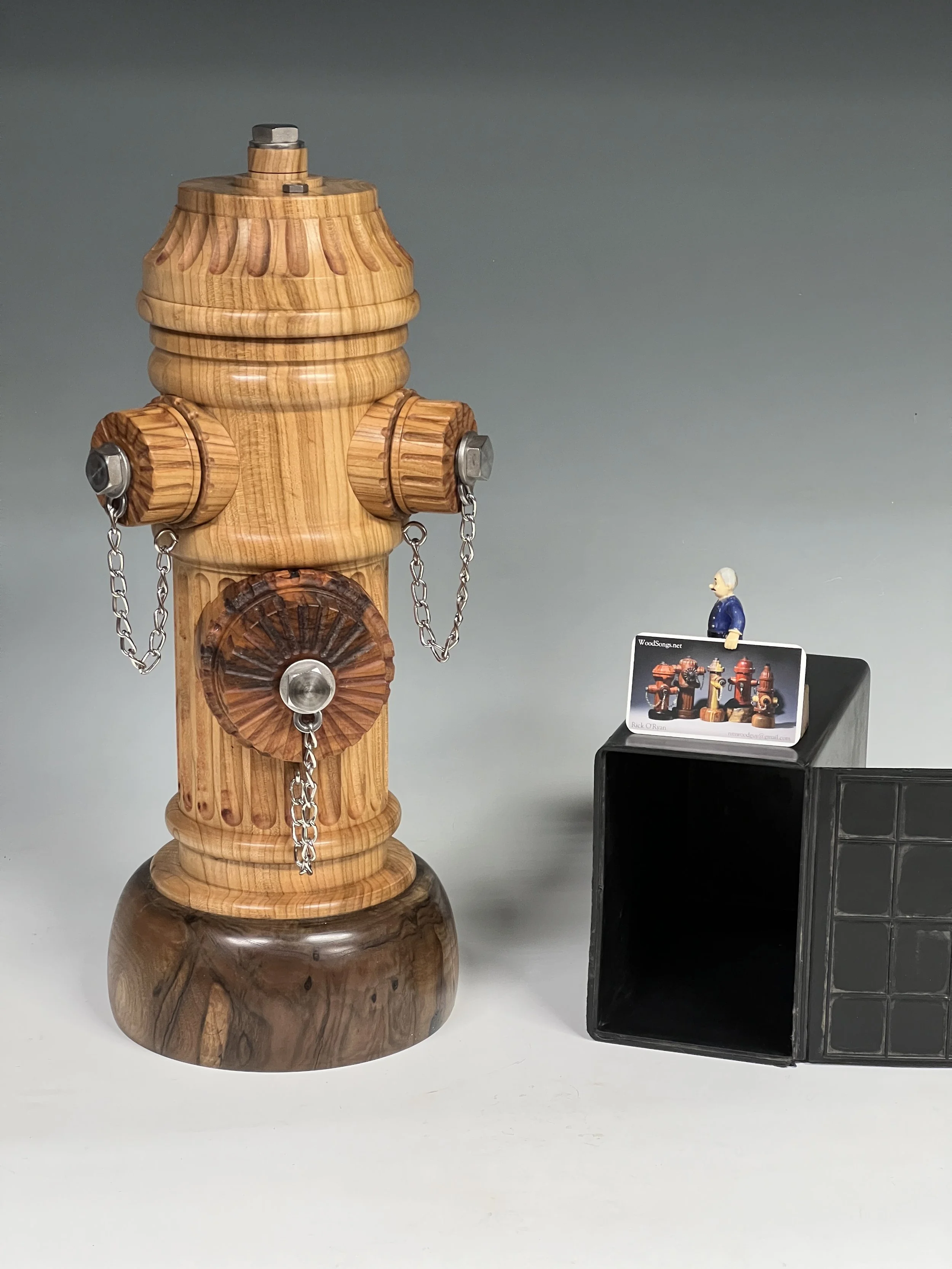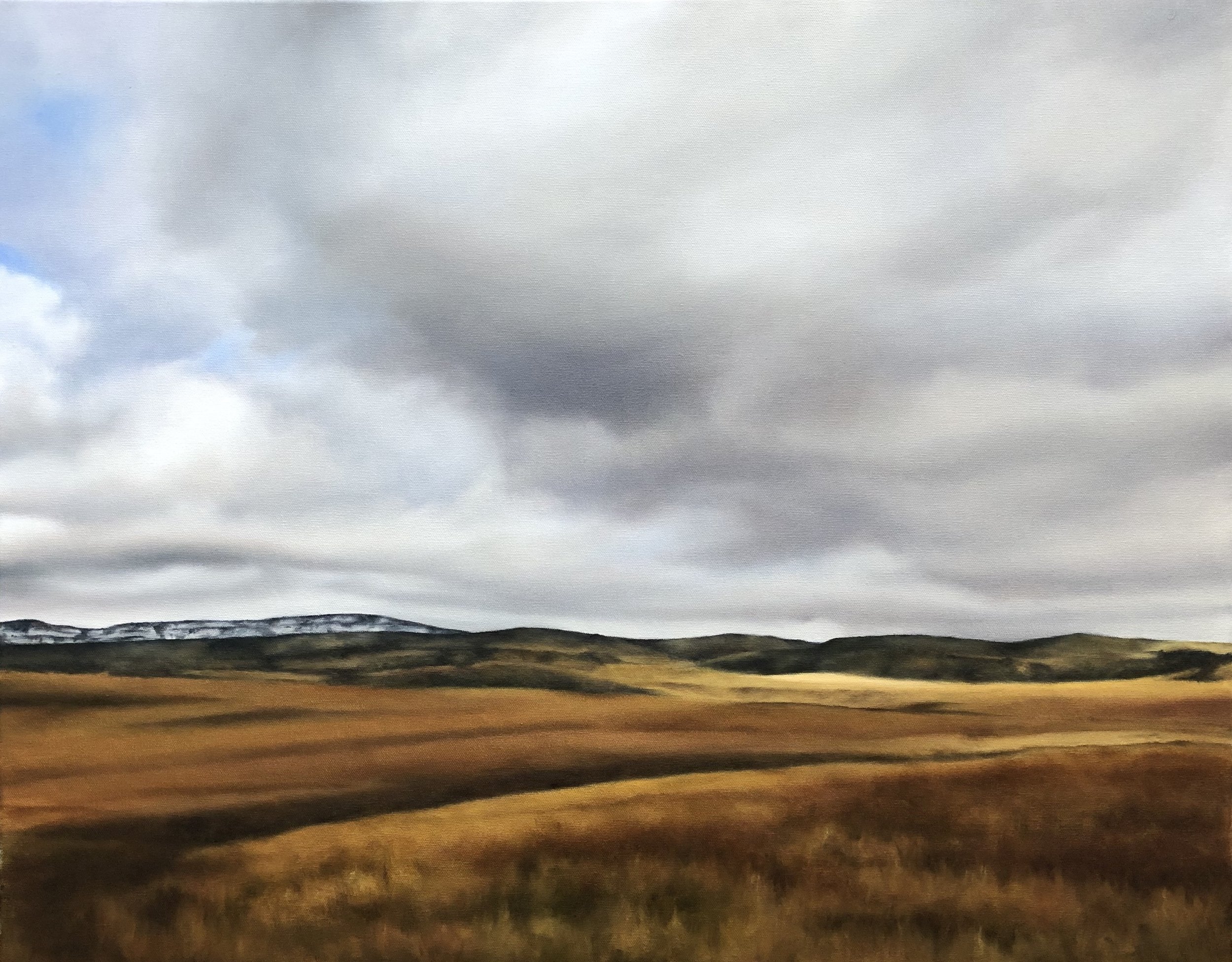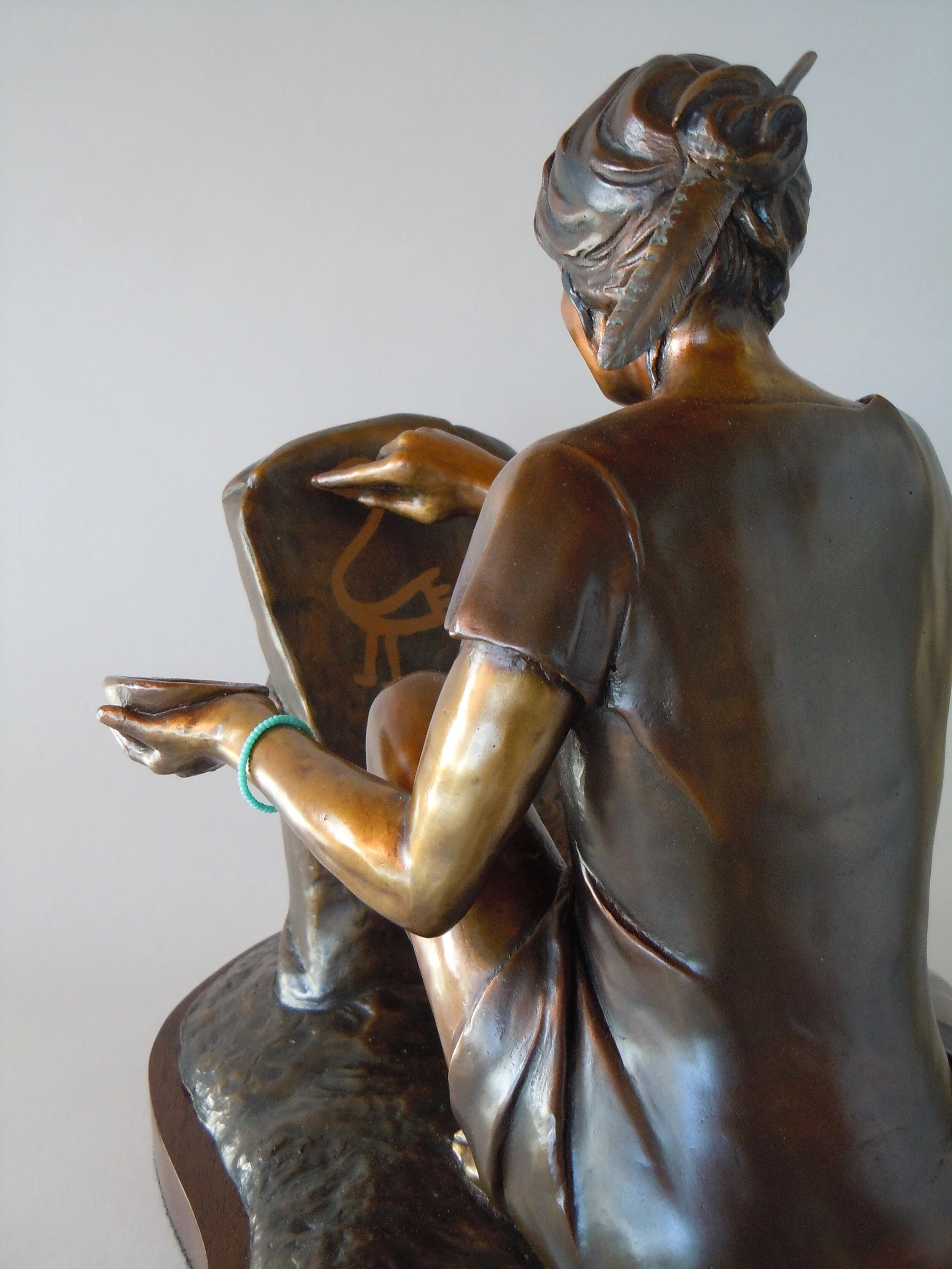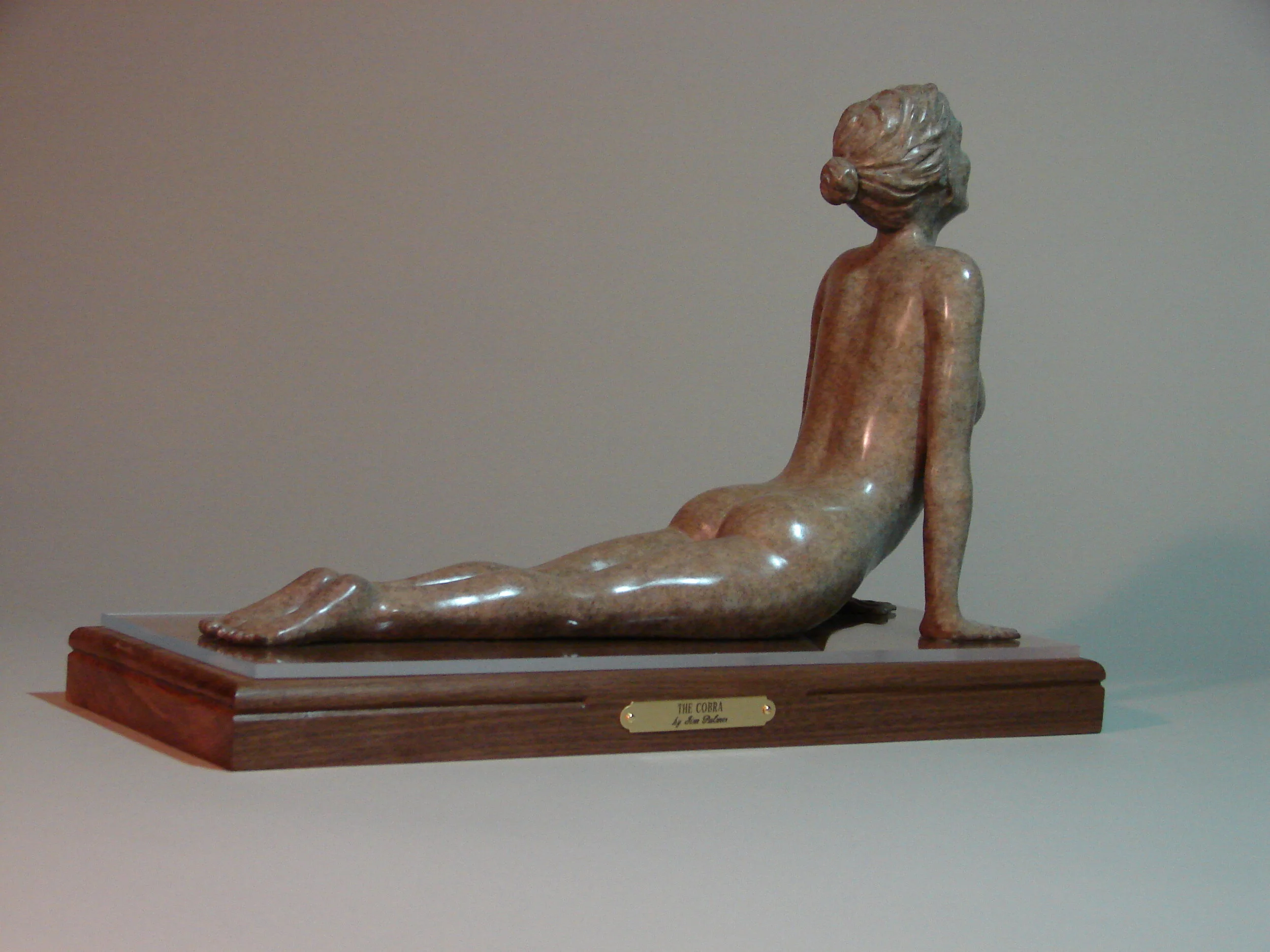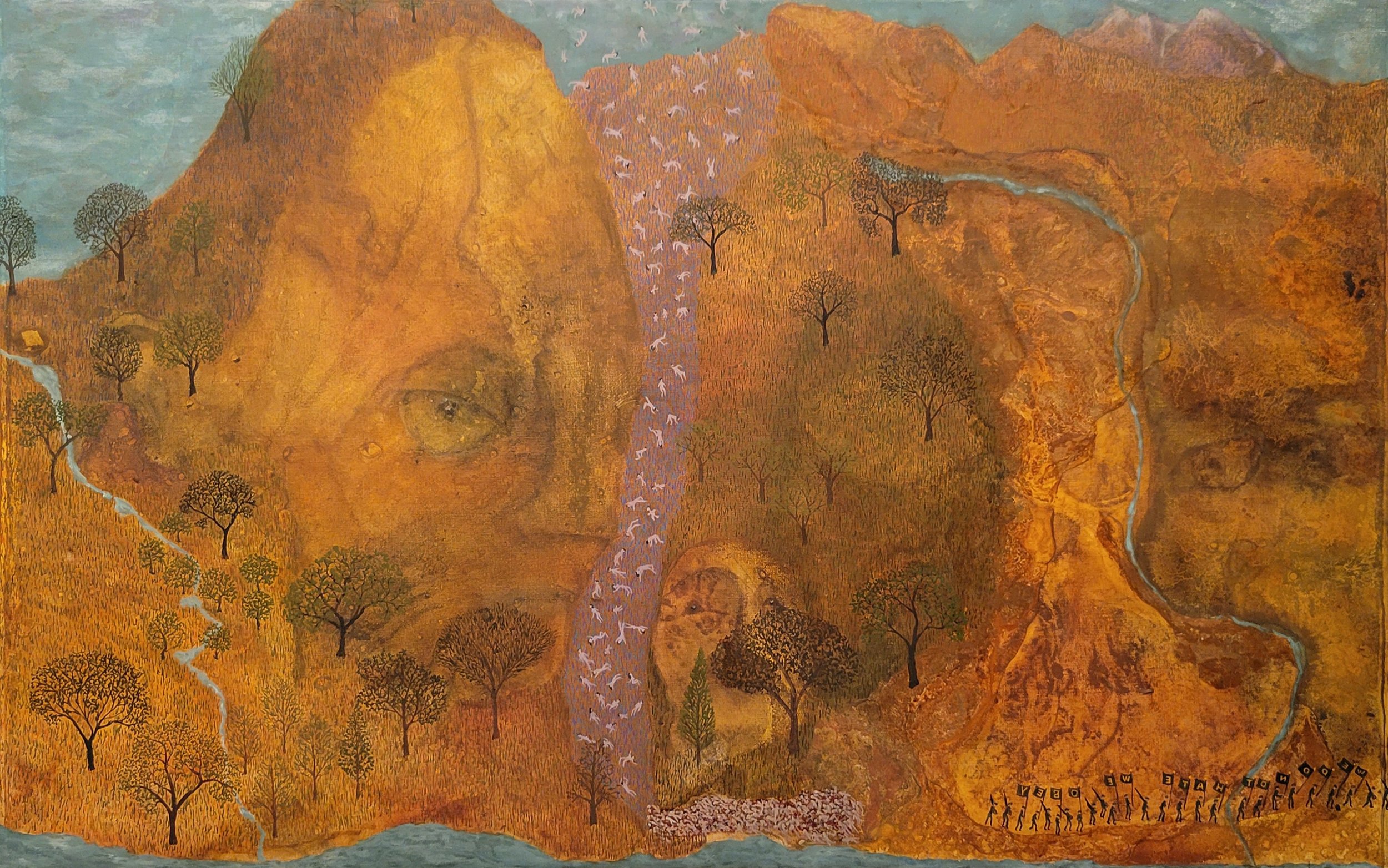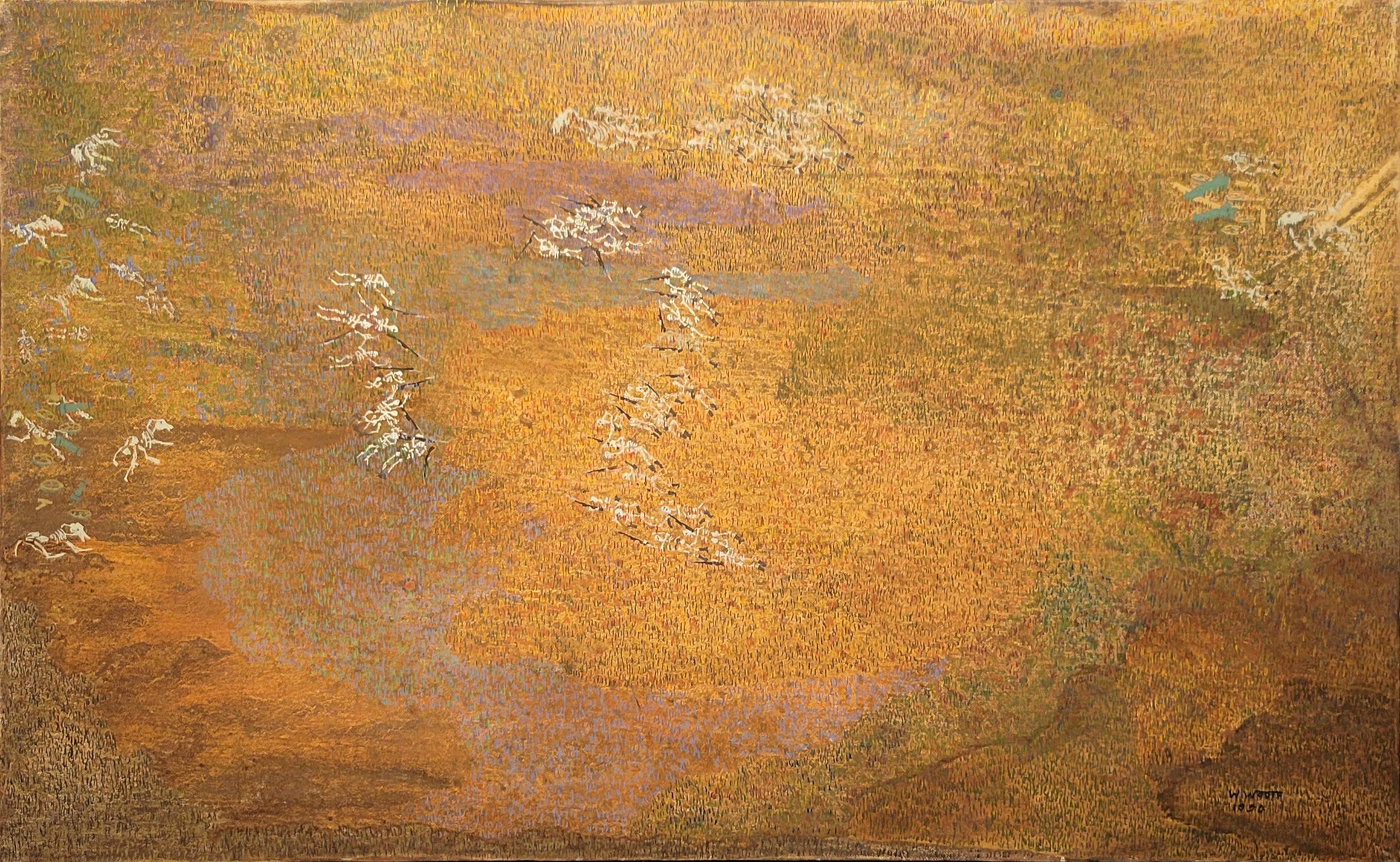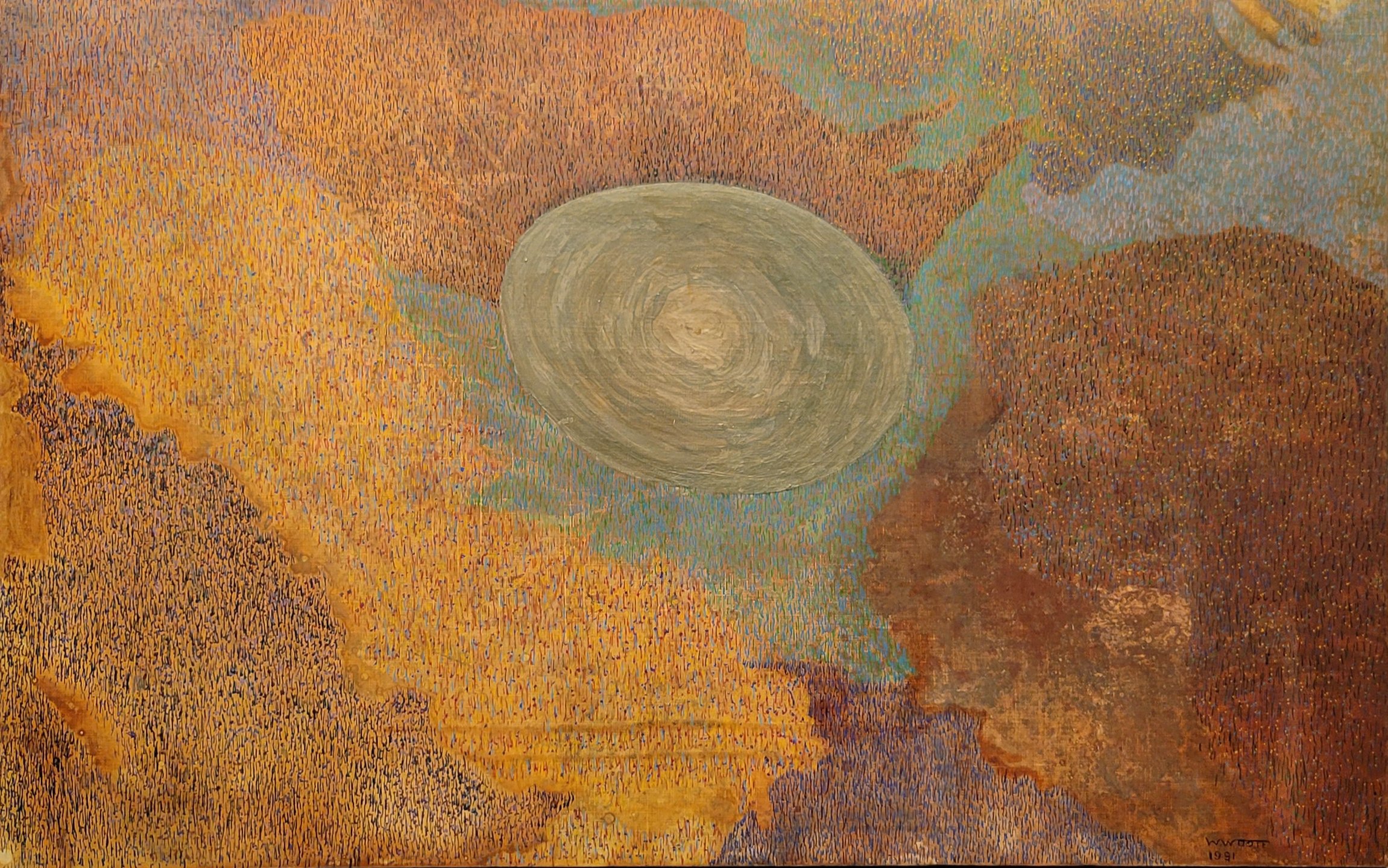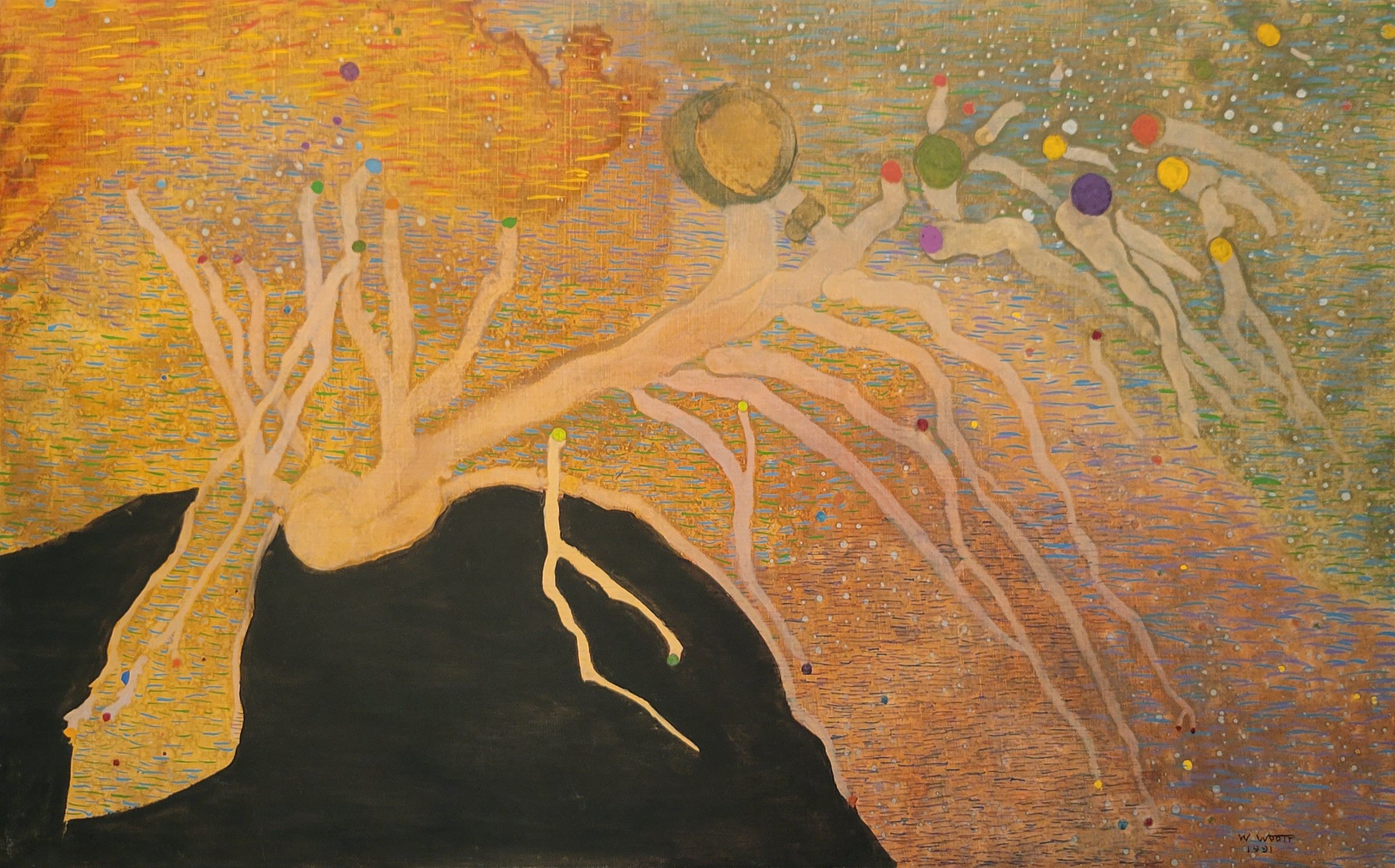Introduced to woodturning at the age of ten, this form of creative expression has stayed with me, on and off for the past sixty years. I took shop classes in grades 7 through 9 back in Virginia to use the school lathes as they were better than the one I had at home. Early projects back in the 60s and 70s were primarily lamps.
Prior to moving to New Mexico in 1991, I was an active member of the Front Range Woodturners in Colorado, and I contributed to the successful start-up of that group. I demonstrated lamp and plate making, hollow vessel turning, and gave a slide presentation on the various cell structures used in microscopic wood identification. I have studied and photographed microscopic cell structures in order to understand and expose the macroscopic features I like in a finished piece.
In 1989 I attended a woodturning symposium in Utah, and met some accomplished folks who inspired me to try new directions. I was introduced to green wood turning, and to hollowing wood into vessel forms, boxes, and bowls. The advantage of turning wood when it is green, or fresh off the tree, is that it is easier to cut, and can be given a rough shape and hollowed, then set aside to dry. This results in much less loss due to cracking. Cracking happens when the inside part of the wood is still swollen and wet, but the outside has started to dry, shrink, and crack. Plus, it is great fun to spin green wood and watch the shavings pile up.
As I learned green turning techniques, my attention focused closer to home for sources of wood. Having worked with dried domestic and imported timbers for years, the change to local sources was welcome. Windfalls, firewood piles, and deals with tree trimmers and other turners have turned up some fine pieces that are a treat to open up and expose the beauty within. Consequently my wood collection evolved from stacks of lumber to sometimes include barrels filled with water containing submerged pieces of green wood that had been trimmed to turning size. This would prevent their degradation due to uneven drying. Some woods, like Russian olive, developed a nasty odor from being submerged in water, but most were not affected that way. Many of my hollow vessels were modeled after memories of southwestern shapes. When good fortune came my way and I acquired green wood, I would mow through those pieces, rough turn vessels, and stack them in the work in process area to dry. Rough turnings from years ago piled up with the stacks of lumber that these days don’t see as much attention.
Around ten years ago, I visited the old hospital at Ft. Bayard near Silver City, NM. The hospital was being demolished and many parts of the building were out on the lawn and were being sold off by the demolition contractor. I picked up a couple of buckets of fire suppression sprinkler heads. These started me down the road of making things related to fire fighting, such as miniature hydrants. The hydrants started out as whimsical and with no particular design in mind. After a number of those, I started making models of different versions of real fire hydrants, as close to scale as I could. These were all miniatures, and some of them could be used for opening bottles. Then, to keep making things more complicated, I moved on to hydrant lamps.
My finishes are primarily penetrating oils such as tung and urethane oil blends. Some of the softer, lighter color woods will get a clear lacquer finish penetrating beneath the wood surface to set the color with as little change as possible, and to firm up the wood for ease of sanding and subsequent finishing. I use no stains or dyes, though I often do add some tint to the resin when casting wood with voids. I also use stabilizing resin to firm up rotten wood as well as pine cone cores.
For occasional cleaning, wipe the piece with a soft rag moistened with lemon oil or a furniture cleaner. As with any wood product of this nature, do not expose to direct sunlight.
Other than the lamps, please pick up these pieces and handle them to help form your own impression of their weight and balance. The bottom of each piece is finished, numbered, dated and signed. Thanks for your appreciation of my work; I trust that your choice will continue to please you through the years.
Exhibitions
1991-1995 Adobe Patio Gallery, Mesilla, NM
1992-1994 StudioW, El Paso, TX
1992 Mimbres Region Arts Council, Imagenes de Luz
1993 WNMU McCray Gallery
1993-1994 Clifton Train Depot Gallery
1994 Poudre Valley Art League 33rd Art Exhibition Second Prize
1994-1996 Whipples Art Gallery, Silver City, NM
1994 AAW National Symposium, Ft. Collins, CO – demo on hollow vessels
1994 Johnson Gallery, Bisbee, AZ
1999 Governor’s Gallery, Timber Exhibition
2005 Glenwood Red Dessert Social
2005 WNMU Museum Employee’s “Discovered” Show, Best in Show in Wood
2006 Mimbres Region Arts Council members show
2007 Mimbres Region Arts Council Hot Art, Best in Show with Jim Pepperl
2015 Common Ground Gallery, Silver City, NM
2016 Silver City Public Library display
2018-2021 Encore, Silver City, NM
2018-2020 Sterling Fine Art, Silver City, NM
2023-present The Curious Otter, Lake Placid, NY
2024-present Sterling Fine Art, Silver City, NM
